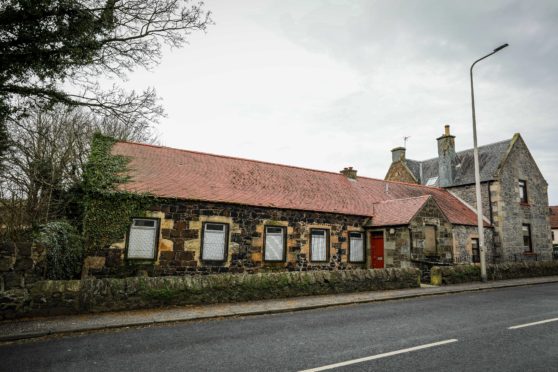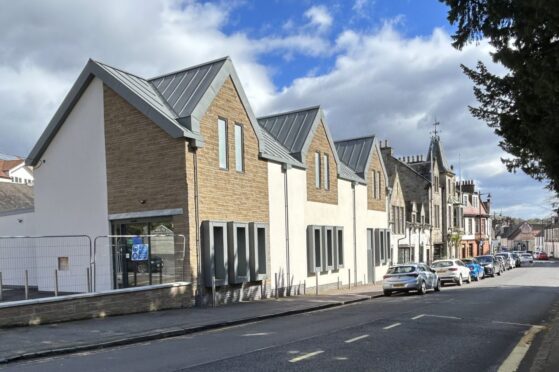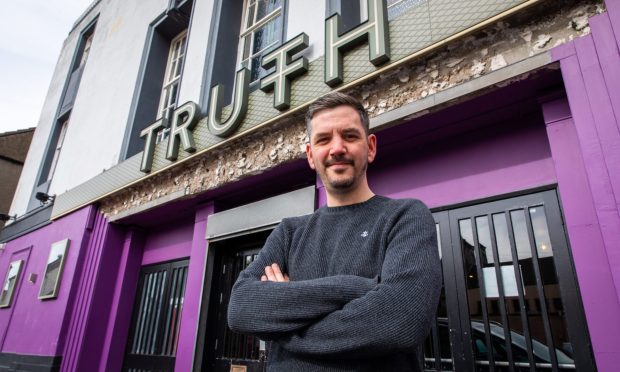Fife Council is being forced to pursue a compulsory purchase order on a building it believed it owned and has occupied for almost two centuries.
The council does not possess a marketable title to the land on which the former Kinglassie Community Hall was built.
The local authority closed the hall in Main Street, known locally as the Wee Hall, around three years ago after a review of community facilities, halls and centres.
Checks before the building’s sale threw up the fact it could not dispose of the property as it does not have a title.
Legal searches uncovered the fact the last possible title for the property was recorded in 1820 but it has not been possible to establish whether any person can claim ownership of the site due to the passage of time.
Councillors have agreed a CPO should now be made in order to carry out development, redevelopment or improvement, even though there is a risk someone, somewhere comes forward to claim any compensation or costs payable.
The bizarre situation has come to light in a report to the region’s assets and corporate services committee“
Ken Gourlay, head of assets, transportation and environment, said: “Although the property is surplus to the council’s requirements, it has not been possible to sell it because of the lack of title.
“If the property is not brought back into beneficial use, it will continue to decay and adversely affect the appearance of the neighbourhood.
“In order to be able to sell the property, it will be necessary for the council to acquire a marketable title to the land.
“The use of compulsory purchase powers is necessary because the owners of the land cannot be traced.”
Committee members heard the council recorded a title to the land in 1983 but due to changes in the law it was no longer regarded as a valid title.
Since 1995, the council has rented out garden ground at the rear of the hall to a local couple, with the lease running on a month-to-month basis.
According to documents presented to committee, the last known owners of the land – on the north side of the B921 – were “the successors of the late James Martin and/or William Martin”, although their names and whereabouts are unknown.
The only resource implication of securing the title via a CPO is the staff time it will take to prepare the order, although there would be compensation payable in the unlikely event of any owners coming forward.










